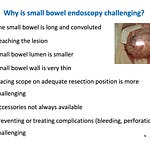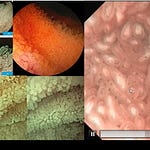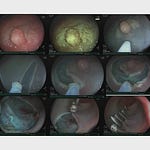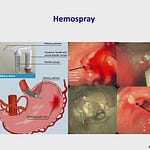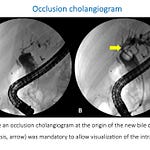Case Introduction
Biopsying represents the most common interventional procedure in gastrointestinal endoscopy. Despite its fundamental importance, this procedure remains quite neglected in our field. We need to do better, and improvement begins with understanding the great variety of biopsy forceps that exist.
Technical Overview
1. Forceps Components and Characteristics
The essential components we must understand include:
Cusps
Teeth
Spikes
Side holes
Shaft diameter
Reusable options
2. Side Holes: Tissue Capture Enhancement
The side holes located on the cusps have become an integral part of most biopsy forceps. These allow tissue to expand and extend slightly outside the cusp during capture, enabling more tissue collection in a single biopsy.
3. Spike Forceps: The Biopsy-on-Biopsy Technique
When utilizing spike forceps for the biopsy-on-biopsy technique:
The first tissue portion adheres to the spike
The second piece positions on top
Critical limitation: Specimen loss occurs in approximately 20-30% of cases when using spike forceps for tissue removal.
Procedural Considerations
Listen to this episode with a 7-day free trial
Subscribe to EndoCollab to listen to this post and get 7 days of free access to the full post archives.




